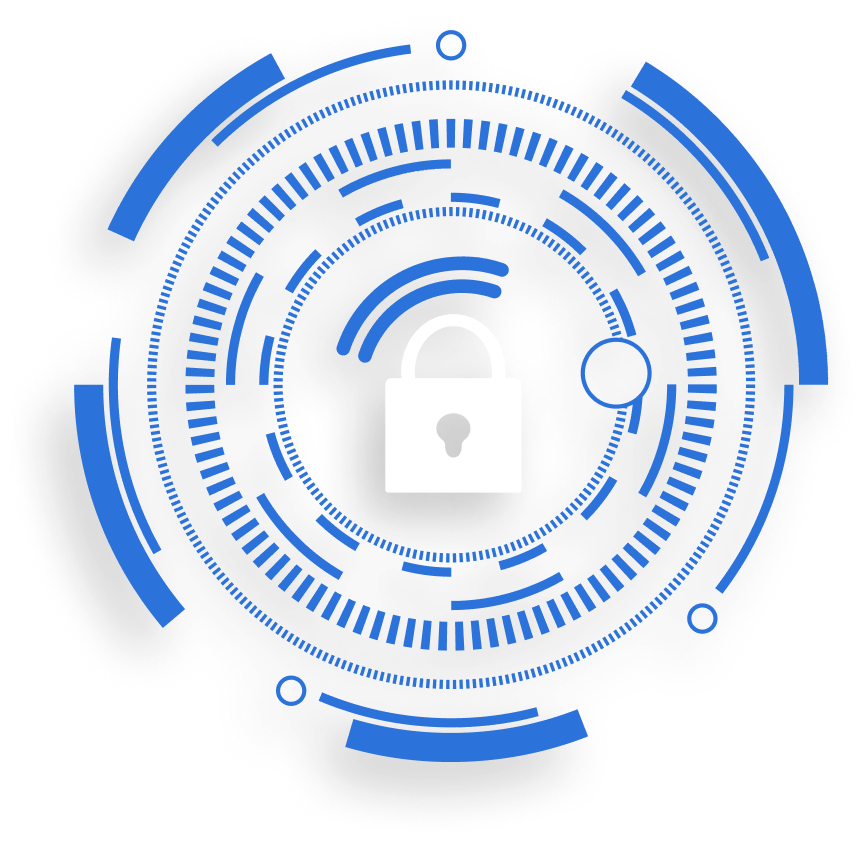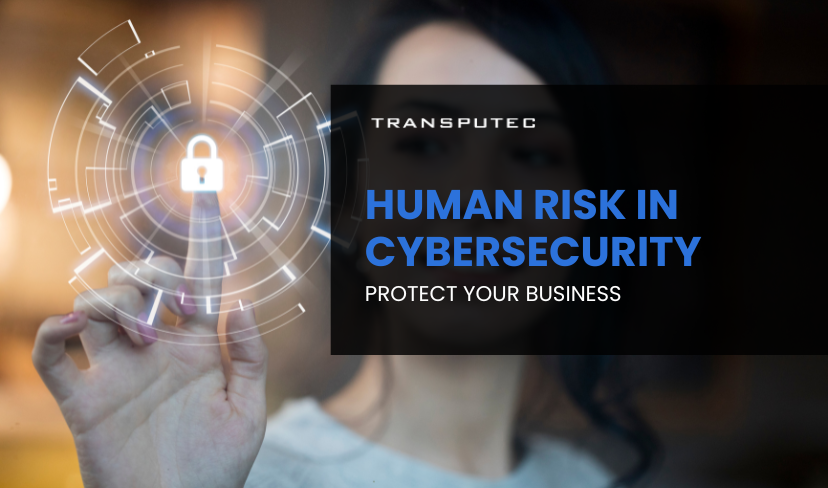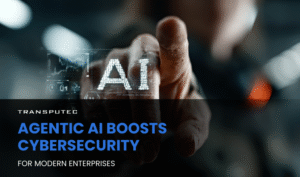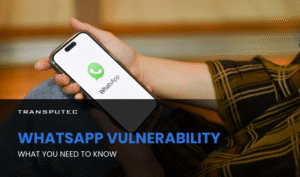Written by KRITIKA SINHA | MARKETING
Cybersecurity is no longer just a technical challenge—it’s a human one. Human risk in cybersecurity refers to the vulnerabilities created by human actions or inactions, often due to a lack of knowledge, accidental errors, or deliberate actions. From phishing emails to poor password hygiene, humans remain the weakest link in the cybersecurity chain. According to studies, over 85% of successful cyberattacks involve human error, highlighting the importance of addressing this risk.
This blog will explore human risk in cybersecurity, its impact on businesses, and how Transputec provides a customised solution to mitigate these risks.
Why One-Size-Fits-All Solutions Fall Short
Traditional cybersecurity training often adopts a uniform approach, assuming all employees face the same risks and require identical education. However, this strategy overlooks the diverse roles, access levels, and individual vulnerabilities within an organisation. To effectively mitigate human risk in cybersecurity, a more nuanced and personalised approach is necessary.
At Transputec, we understand that addressing human risk in cybersecurity requires a multifaceted, customised strategy. Our approach combines advanced technology with tailored training programs to create a robust defence against human-centric cyber threats.
Understanding Human Risk in Cybersecurity
When we talk about human risk in cybersecurity, we’re referring to the risks posed by human actions—intentional or accidental—that can lead to security breaches. From clicking on phishing links to using weak passwords, human error is responsible for a significant number of data breaches.
According to a report by IBM, 95% of cybersecurity breaches are caused by human error. This statistic underscores the importance of addressing human risk alongside technological solutions.
The most common human-related risks include:
- Phishing: Employees are tricked into revealing sensitive information or downloading malicious software.
- Weak Passwords: Reusing passwords across platforms or using easily guessable combinations.
- Insider Threats: Disgruntled or negligent employees who intentionally or accidentally expose data.
- Social Engineering: Manipulating individuals into performing actions that compromise security.
Given the diversity of these threats, a one-size-fits-all cybersecurity strategy simply won’t cut it. Human behaviour is complex, and cybersecurity solutions must be equally adaptable.
Protect your Business 24/7 with Transputec!
Our Managed SOC Cost Calculator estimates potential expenses for security tools and other costs based on your requirements.
Phishing: The Persistent Threat
Phishing continues to be one of the most prevalent attacks exploiting human risk in cybersecurity. Cybercriminals trick employees into clicking on malicious links, divulging sensitive data, or installing malware, often under the guise of legitimate communications.
According to the Verizon 2023 Data Breach Investigations Report, 74% of cyber-espionage incidents involved phishing, highlighting the growing need for businesses to strengthen their human defenses.
With the widespread adoption of remote work, phishing attacks have become even more sophisticated, leveraging psychological tactics to exploit trust and urgency. The consequences of falling victim to phishing can be devastating—from compromised credentials to full-scale data breaches.
How Transputec Helps Protect Businesses From These Threats
Transputec takes a multifaceted approach to mitigate human risk in cybersecurity, recognising that human behaviour is complex and unpredictable. Here’s how we help your business:
1. Tailored Cybersecurity Training Programs:
We create bespoke training programs that cater to the specific needs of your workforce. Instead of generic sessions, we address industry-specific threats, employee roles, and the latest phishing techniques. By simulating phishing attacks in controlled environments, employees are exposed to real-world scenarios that prepare them for genuine threats.
2. Risk Assessment and Analysis:
We begin by thoroughly analysing your organisation’s risk profile. Our cybersecurity experts identify key areas where human risk is most pronounced, such as communication protocols, password policies, and access control vulnerabilities. Once we know where the weaknesses lie, we provide actionable solutions that reduce risk while considering your unique operational needs.
3. Advanced Threat Detection Solutions:
Transputec’s cybersecurity tools incorporate cutting-edge machine learning and AI to detect and mitigate human-triggered risks like phishing and insider threats in real time. These technologies enable swift action, ensuring that even if human error occurs, the fallout is contained, minimising damage.
4. Ongoing Support and Incident Response:
Cybersecurity is not a one-time fix. We offer ongoing support to monitor, assess, and improve your human risk posture continuously. When incidents occur, our incident response team is ready to take swift action, minimising the impact and ensuring business continuity.
5. Custom Reporting & Compliance Management:
Many industries are bound by stringent data protection and privacy regulations. We provide custom reporting to ensure that your business stays compliant, reducing the risk of human errors leading to breaches that could result in regulatory fines.
By partnering with Transputec, businesses get a complete cybersecurity ecosystem—ranging from education to defence mechanisms—that reduces the risk of human error and strengthens overall cybersecurity resilience.
How to Mitigate Human Risk in Cybersecurity: Practical Steps
o help your organisation get started on reducing human risk in cybersecurity, here are some practical steps:
Implement Regular Phishing Simulations:
Consistently running phishing simulations will not only test your employees’ vigilance but also reveal the effectiveness of your current security protocols.Encourage Strong Password Policies:
Weak passwords are an easy target for hackers. Encourage the use of password managers and multi-factor authentication to ensure better protection.Create a Culture of Cybersecurity:
Employees should feel empowered to report suspicious activity without fear of repercussions. A culture of cybersecurity awareness is key to reducing human error.
Conclusion
The evolving landscape of cyber threats requires businesses to address human risk in cybersecurity with tailored, dynamic strategies. One-size-fits-all solutions will no longer suffice in protecting against sophisticated phishing attacks and other social engineering techniques.
At Transputec, we specialise in protecting businesses by mitigating human risk. Our bespoke cybersecurity programs, advanced threat detection tools, and ongoing support help you build a resilient, human-centred defence system. Contact Transputec to speak with one of our experts and secure your business against evolving human risks.

Secure Your Business!
Ready to explore how we can enhance your security posture? Contact us today to speak with one of our experts.
FAQs
What is human risk in cybersecurity?
Human risk in cybersecurity refers to vulnerabilities caused by human behaviour, such as poor password management, falling for phishing scams, or mishandling sensitive data. It represents a significant portion of cybersecurity threats.
How can phishing impact my business?
Phishing attacks can lead to severe consequences, such as data breaches, financial loss, and reputational damage. These attacks exploit human trust to gain unauthorised access to sensitive information, often leading to further attacks or compromised systems.
How does Transputec help reduce human risk in cybersecurity?
Transputec mitigates human risk through customised training, advanced threat detection tools, phishing simulations, and continuous support. We assess your specific risks and create tailored strategies to ensure your employees are equipped to handle real-world cyber threats.
What are some ways employees can reduce phishing risks?
Employees can reduce phishing risks by being cautious of unsolicited emails, verifying the sender’s identity, avoiding clicking on suspicious links, and using multi-factor authentication (MFA) to secure their accounts.
Why is a one-size-fits-all solution ineffective for reducing human risk?
Cybersecurity threats and human risk vary greatly across industries, employee roles, and organisational structures. A one-size-fits-all solution may overlook critical vulnerabilities specific to your business, making it less effective in mitigating risk.







